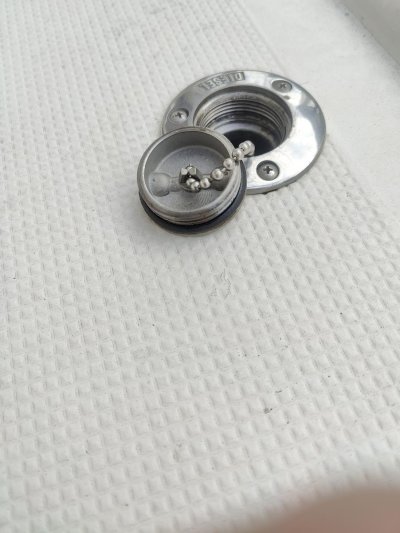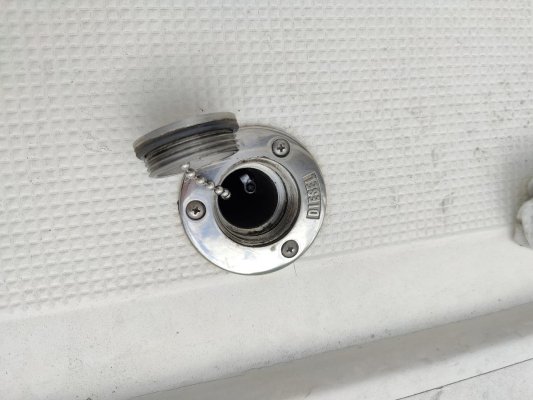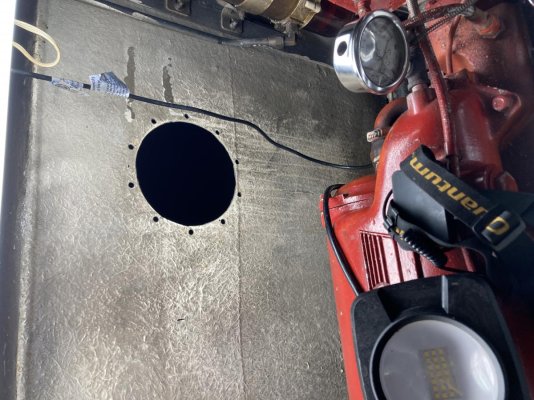last time a mechanic found some water in one spin-on filter bowl. i'm considering to remove the water and other gunks from the fuel tanks. the tanks are completely sealed in heatshields, I didn't find an access port. is it possible to remove the gauge measure and insert a syringe tube via the hole to the bottom to pump the water out?
=====================================
s it possible to remove the gauge measure and insert a syringe tube via the hole to the bottom to pump the water out?
That is how I do it in mine. Not a syringe.A pump
Purchased a fuel 12 volts electric pump.
a copper tube long enough to reach the tank, the copper tube hooks to a fuel hose, the hose fuel to an in line little filter (about 20 microns).
from the fuel filter, another piece of fuel tube,
connects to electric pump,
another length of fuel line, this one longer, either goes back into the tank or to an external container if you want to remove all fuel.
All parts purchased in Auto Parts shop
Do not ask for "Transfer fuel pumps" they are more expensive, just an external regular about $ 40 will the job
PS
use a permanent black marker to mark the position of the gauge screws, to insure the gauge goes back in the exact same position.
Removing the screws, make sure they do not roll to the side and disappear into the black hole.
Plenty paper towels/rugs



